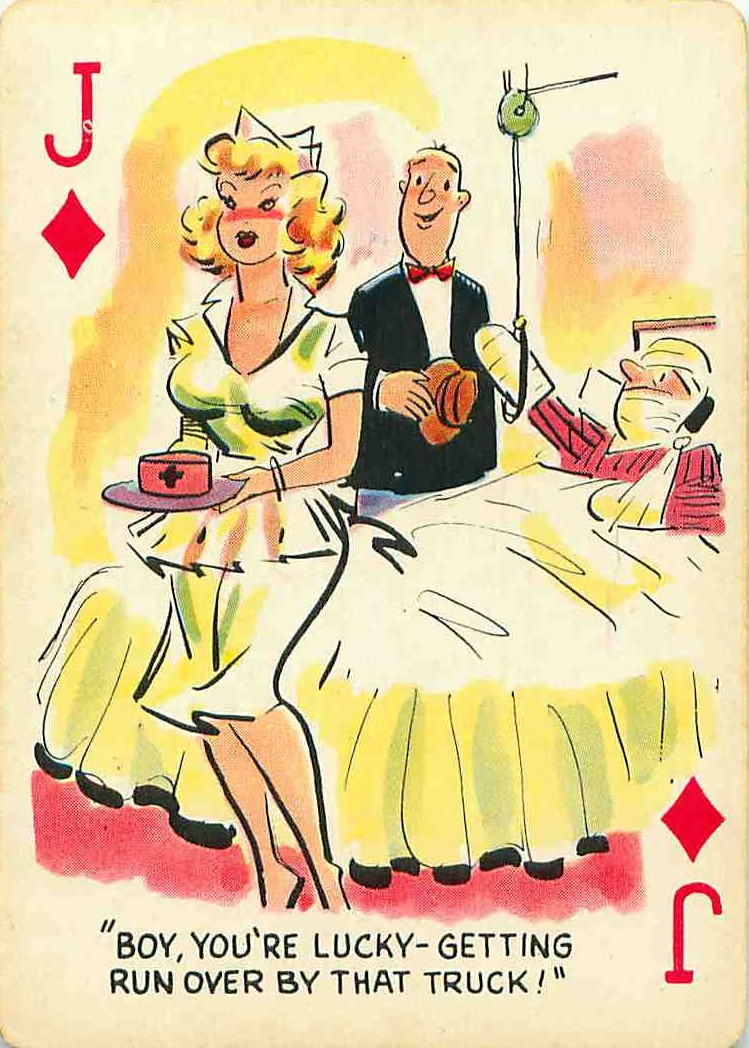
I started my odyssey into learning the vocation of making cartoons in the late ’90’s. I hadn’t a clue what was to come. Before I embarked upon this mysterious venture, I decided it would be to my advantage to talk to America’s most visible cartoonists. I was surprised how many of them were open and available to speak with me.
Fortunately, I was both too young and naive to know NOT to bother the masters. I was able to track down “Peanuts” creator Charles Schulz through his art dealer, Marc Cohen.
When Schulz picked up his phone, I started asking the five journalistic W’s (Who, what, when, why, and where). His (and others) advice turned out to be exactly what I needed to know. My “cartoon philosophy” had begun. It has since evolved, but I can look back and easily see Schulz knew “what was to come” in the world of cartooning. He knew the Internet was the key as was/is merchandising.
Schulz went into cartooning because in his words “I tried a lot of other things and couldn’t do them very well.”
I could easily identify. I asked him if there was a way to make a living in cartooning. There was a long pause. He assured me there was plenty, but not to expect it in newspapers. He told me that even if you do get syndicated, the money is still just pennies per newspaper and that the smart way to approach it, that is, to look at it as a career, is image merchandising, that is, reproducing images on such gifts and collectibles as coffee mugs, aprons, T-shirts and the like.
My artistic skills are mediocre at best and I told him so. I added that my vision was to create a cartoon that had the same offbeat type humor as Gary Larson, but with a more artistic flair, not as “cartoony”; It was to be a color cartoon in which the artwork, for the most part was more fine art than cartoon art, and that I wanted a different look and feel to each cartoon, but a theme, focused on wordplay and picture-play in which, at times, the viewer might have to take a few moments before the “aha” effect came, that is, if the viewer so desired (to actually like the cartoon).
Schulz assured me that nearly 20% of all cartoons we see in the newspapers are team efforts, that is, an artist and writer. And that if I did not feel my own artwork was up to snuff, to recruit an artist to draw my concepts.
He also encouraged me to read as much as I could about Walt Disney because what I was about to attempt was actually a Disney model without animation; he actually called it Disney meets Gary Larson, which was a bit flattering to say the least.
After these incredible conversations with Charles Schulz, I started getting other points of view from other cartoonists who I felt “had arrived”. Most worked in similar genres as The Far Side, such as Leigh Rubin (Rubes), Dave Coverly (Speed Bump), and Jon McPherson (Close To Home).
I was astonished at their openness. Leigh Rubin and I became good friends and talked quite a bit. He seemed to lead me the rest of the way regarding the “business side of cartooning”. He had become syndicated worldwide, with several published books, and he did not seem to mind that I was just beginning. He simply had/has a big heart. I will never forget that kind of generosity and his willingness to lead me in a direction that made it work for me.
And, of course, the same is true for Charles Sparky Schulz (Sparky by the way was what he liked to be called.) That was the name of his favorite dog, a Schnauzer; and I knew I liked him right away. I have a tendency to hang with fellow animal lovers, and Schulz also talked with a tremendous splattering of witty banter; a type I didn’t often see through the eyes of Snoopy, which was meant for family viewers. Schulz had a sense humor that seemed more Monty Python-ish.

There seemed to be a common thread regarding the philosophy of cartooning, amongst all of the masters. Which is, sure, you must make a living in this world, but keep the day job.
Cartooning is a labor of love, and, only 1% or so actually end up doing it for a living. One must approach it with a very open mind and a love for making people laugh, and to be flexible, as the Internet at the time, was changing the whole nature of the cartoon business.
“Sparky’s” advice turned out to be pristine. The World Wide Web was changing everything, including the business of cartooning. Licensed image products became even more of the key to making it work than Sparky Schulz had felt; and he had seen it coming.
Today, though my cartoons appear in publications worldwide; mostly trade magazines, college textbooks and on websites, the majority of my take is from the sales of funny gifts and collectibles. The past decade has whizzed by and I can remember my beginnings as if they were yesterday.
How in the world could I have even started such a journey without the wise words of these cartoon masters?
Though I know it has been hard work, just as I was told it would be, I also have been very lucky. I became what might consider “a success” in a strange business, when told, chances were as good as winning the lottery, even less so if one was/is not such a great artist such as me. But I continue “the battle” as, in some small way, I figure if just one person laughs a little more in his or her day, due to something my team created, the world is just a little better as well.
Cartooning Related Items For Sale
[phpbay]cartooning, 14, “”, “”[/phpbay][phpbay]London cartoons, 6[/phpbay]